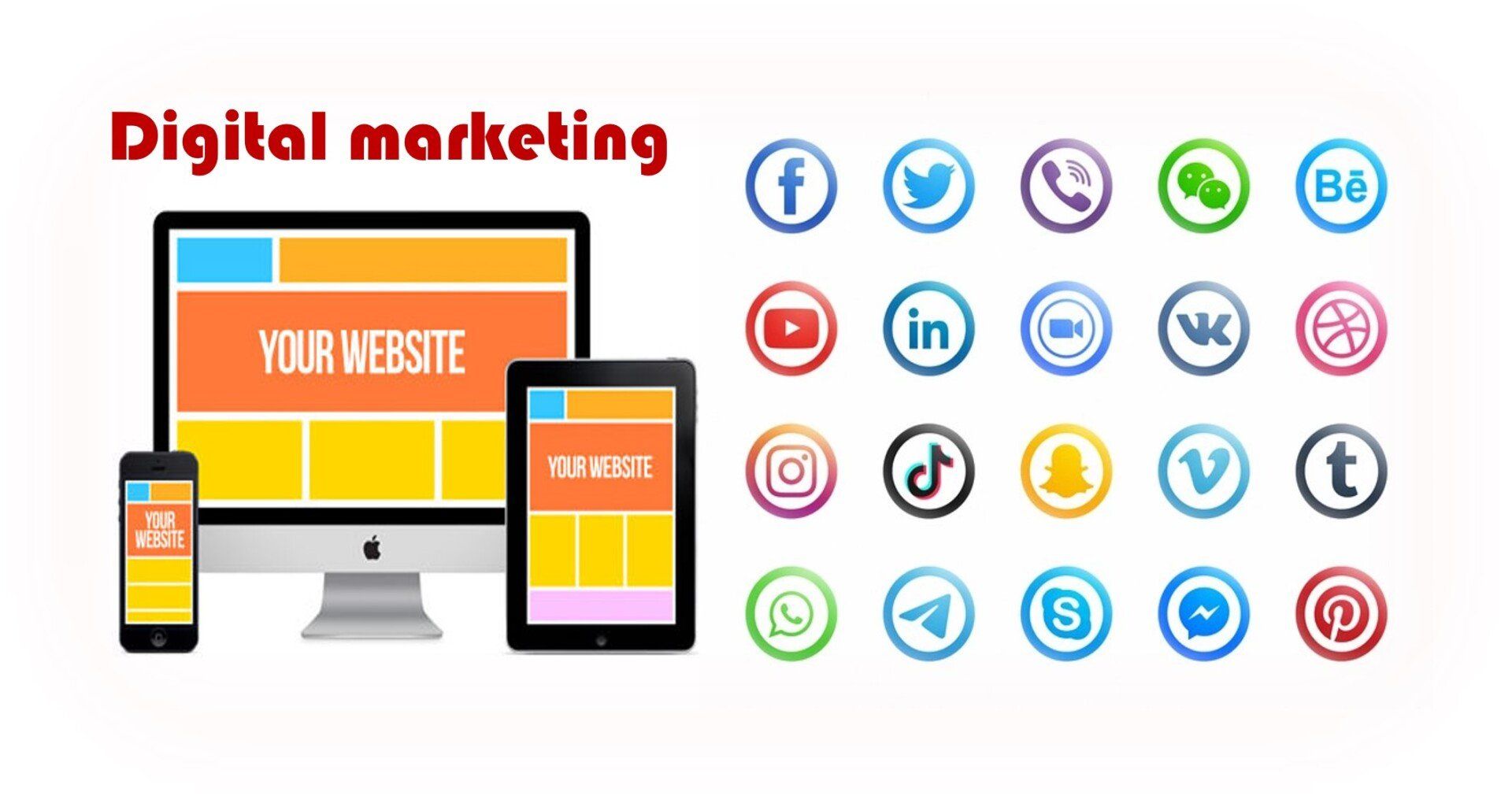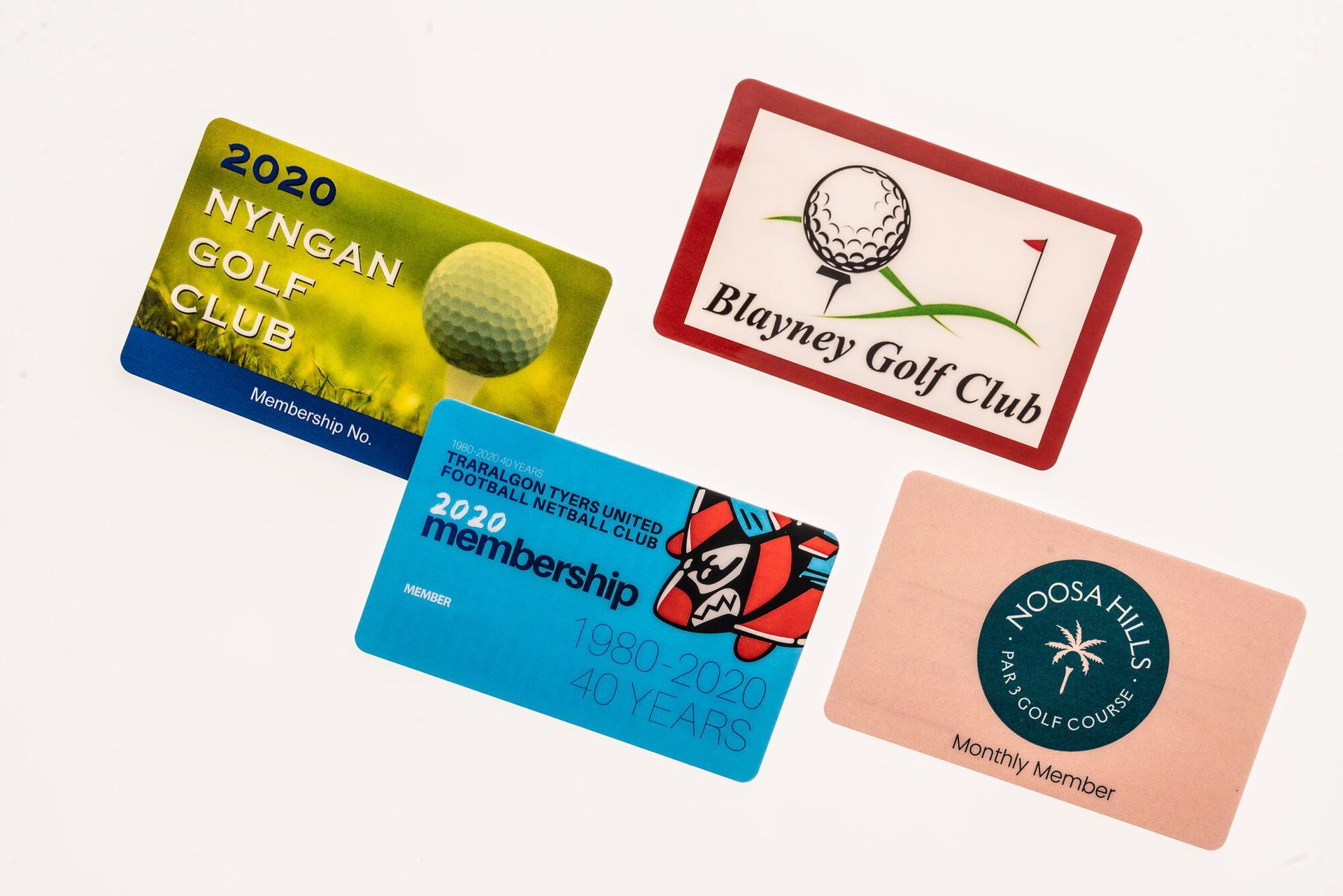Lots of businesses think marketing is about two things – advertising and websites. And they are partially right. Advertising and using a website to communicate to your potential or existing customers is part
of marketing. But it is not the whole picture.
Dr Philip Kotler, widely recognised as 'the world’s foremost expert on the strategic practice of marketing’ defines marketing as –
Marketing is the science and art of exploring, creating, and delivering value to satisfy the needs of a target market at a profit.
For me Marketing 101 is – ‘Find out what your customer wants and give it to them’. And the easiest way to find out what your customer wants is to address the Four ‘P’s of marketing – Product, Price, Place and Promotion.
Advertising, selling, research, production, distribution and finance are all related functions of marketing and in the corporate world, great marketers exert a great deal of influence over the operations of the business. In the hospitality sector, marketing is often overlooked, or as I mentioned earlier, is considered done when you place an ad in the paper or local radio, and create your website and Facebook pages.
Here are five (5) simple steps to review and improve your marketing, focused on hospitality – clubs, pubs, restaurants and cafes can all use the same steps –
1. Research your customers
2. Review your product/service offering (Product)
3. Analyse your price (costs and profit margin)(Price)
4. Review your physical environment (Place)
5. Refresh your promotion – advertising/digital communications (Promotion)
1. Do you know who your best customers are?
We all have a range of customers - regulars, frequent and kamikaze (one hit wonders who visit once never to be seen again) – and we also have customers that represent different levels of profit to us. In the club and pub industries we have drinkers (who are in the bar forever), foodies (who come looking for good food) and gamers/punters (those who frequent the pokies or the TAB).
Add to the mix families vs. singles, young vs. old (gotta love the bingo ladies), the well heeled (happy to buy expensive offerings) vs. the cost conscious (looking for Happy Hour and meal specials) and in certain locations the holidaymakers vs. the locals.
So step one is to research and analyse your customer base. You might have 5,000 members in your club, but only 300 come regularly, 1500 are holiday visitors who are there for a week or two a couple of times per year and the rest come and go on a whim. Do you know what brings each group/segment of customers into your business?
If not – find out by asking them!
Customer surveys are simple and effective tools to find out who your customers are and what they want from your venue when they come in. We think we know, but about 70 percent of the time - we are wrong!
If you have the right Point of Sale (POS) system in place and membership cards are swiped for purchase, you have a huge database of information about your customers (members in clubs and some pubs) that will tell you who your customers are, what they buy when they come in and which is the most profitable segment for the business.
When you know that information you know who to focus on for business, to grow and maximise your profit.
2. Which is your best product or service?
If you are an Italian restaurant, you need to know which dish sells the highest number of covers and which is the lowest turnover product. If something sells less than 1 per week, it maybe that you need to ditch that dish and focus on the higher volume ones.
If you are a pub, you might be known for your range of beers, so again, you need to analyse the volume of sales of each line and if you are selling less than a keg a week (in good population areas), then try another beer or cider or wine or pre-mixed spirit instead.
In a club, it could be a combination of food, drink and entertainment – TAB wagering or playing the pokies, playing golf or bowls etc. Find out who regularly spends the most and those that spend on the highest margin products (hello coffee and soft drink). Then see if you can get more of the same people in and offer a reasonable range of alternates to keep the punters coming in.
Is it your car wash in the car park that is the added benefit bringing people into the club, ensuring they eat and drink long enough for the car to be washed? Again, analyse your POS data to find out the top selling products – food or drink or gaming or sport (bowls, golf, football, tennis, sailing…whatever) and focus on those popular products and ditch the unpopular ones.
Don’t forget service either – you could have the best quality bistro food in town, but of it takes too long to order, or too long a wait from ordering to delivery, then service is your problem that you will need to review before anything else.
Ask your customers which products and services they like, which ones they don’t like and wish you would get rid of, the ones you don’t have but they would like and what would bring them back to the club more regularly?
3. Which product and service makes you the most bankable bucks?
We all know in the club industry, the most profitable clubs are the ones with the big gaming floors and a pie warmer in the corner – fantastic EBITDARD! (earnings before interest, tax, depreciation, amortisation, rent and donations) But what drives profitability in your venue. In the usual hierarchy, the gaming floor of clubs and pubs are the number one for generating bankable bucks, followed by a well run in-house kitchen, then a good bar and finally the function room/auditorium.
A well run gaming floor will always generate the most turnover and profit – low overheads and minimal staff required to service well. Then a well run in-house catering operation, when run properly, can generate a healthy net profit and of course the bar is all about product popularity and the function room(s) is all about how often you rent it/them out.
Every product or service should have a target profit margin – traditionally food aims to achieve 66 percent gross margin (GM), beverages 55 - 65 percent GM and functions around the 50 percent GM.
You can hit your target profit margins through a combination of cost management (buying at the best possible price) looking at the target profit margin and making a value judgement about price vs sales volumes (higher prices usually reduces the volume). The aim is to maximise the bankable dollars for each product, or service, to ensure the longevity of the business.
In this day and age, the public are less focused on ‘lowest’ price and rather seek out ‘best value for money’. Discounts only work till your competitors match you, so look at value adding your product or service instead.
Don’t forget to analyse your roster too! Poor rostering will kill you with over-staffing or overtime adding significantly to the labour cost, which will chew through the gross profit you have created with close watch on costs.
4. Is your venue working for you or against you?
The ‘place’ where you deliver your products and services must match the expectation of the customer or they will not return. A critical part of your marketing mix is the ‘feel’ people get when they walk through the door. If you have a clever marketing and graphic design person who puts out fabulous looking communications will people’s expectations be met when they walk through the door?
Is your décor dated and tired? How do your toilets look….and smell? Are your tables and chairs comfortable, solid and clean? It is all part of the marketing image you need to create to ‘sell your venue’. Is the car park smooth surfaced with no potholes and is the paint fresh or flaking?
What is the hygiene like in the bistro? Do your staff clear tables and wipe them down promptly once the punters are finished or moved to their next activity? Do you check the glasses for lipstick and chips or cracks?
Is the HVAC (Heating, ventilation and Air conditioning) up to scratch? Is the venue cool in summer and warm in winter?
How is the disability access? Are the closest car spaces to the venue set aside as Disabled Parking spots? And are there toilet facilities within the venue for disabled patrons?
All these factors can add up to encouraging repeat visitation or in fact convince people not to come back. And of course the venue must provide the appropriate facilities if you are a sports venue – marina for a yacht club, tennis courts for a tennis club, bowling greens, football fields or a golf course for those types of clubs.
If necessary, part of your marketing budget can be used to improve the look of the place with displays, posters, video screens or advertising signs that will promote your product and services whilst improving the overall décor.
You never realised that you need to consider your venue as part of your marketing mix, did you? So finally we come to the bit you thought the whole article was going to be about – Promotions.
5. How and where are you talking to your customers?
This is the part most people focus on with marketing – the communications and promotions. Remembering that legislation in hospitality limits what promotions you may be able to offer (RSA limits on alcohol promotion and no advertising of poker machines) so promotions need to focus on informing customers of what you have to offer.
I love a good 12 month rolling plan, so I know well in advance what I am going to be promoting in spring, summer, autumn and winter – the easiest way to split the promotional year. Alternately, especially for holiday destinations, the promotions may focus on peak times – to get the visitors in – or the quiet times to keep the locals engaged and coming in when it is the off season.
So you need to decide the promotional plan –
X who am I targeting?
X what am I going to promote?
X when am I going to promote it?
X where will I promote my info i.e. which media channels will I use –
o newspaper,
o radio,
o TV or
o digital media –
website,
Facebook,
Twitter,
Instagram or even
simple SMS blasts to known mobile numbers.
Considerations in this will include -
X what each channel costs?
X which channel is best to reach your key target segments?
X how frequently you need to communicate with your audience?
Do you have a promotional/marketing budget? This is one thing you need to allocate funding to, even if it is only a couple of hundred dollars per week. Most digital communications are either very low cost or often free – Facebook, Twitter and Instagram especially – which is great if you have plenty of customers under 40 years of age, who are tech savvy and happy to get their communication that way.
For the older demographics, use the in-house media – your screens, noticeboards and even print up A4, A5 or DL sized flyers to place around the venue for patrons to grab when they are there. These can also be used as letterbox drop pamphlets to connect with the general community – and remember to include website and social media details, which can be done with QR codes too, for people to scan and go straight to your website, or a specific page on your site, like bistro menu etc..
If you or your team require any assistance with a marketing review, developing a marketing plan, or even creating the QR codes you need, contact Ron Browne, Managing Consultant on
0414 633 423 or
ron@extrapreneurservices.com.au, or go to the
Project Brief tab at the top of the page.










